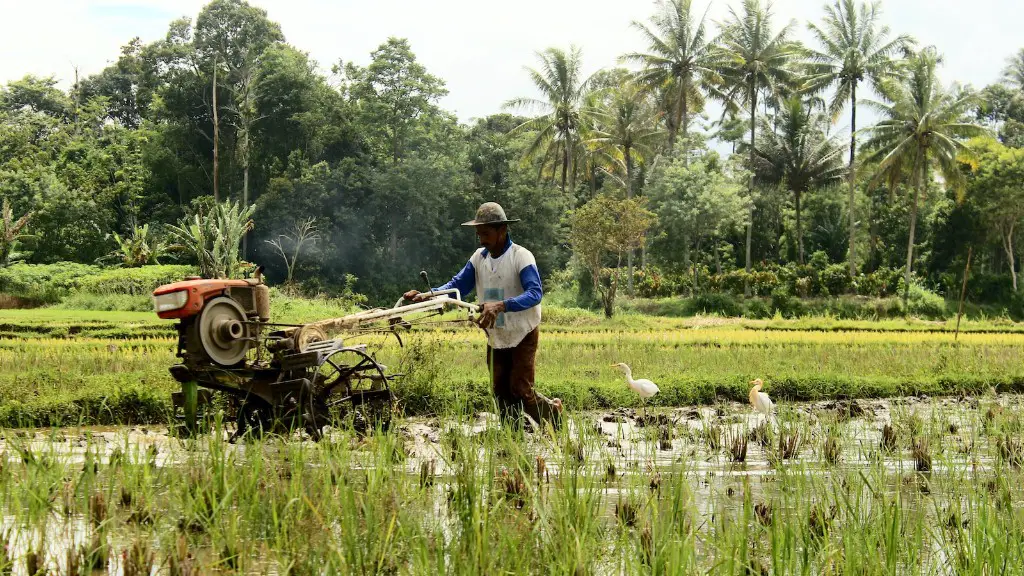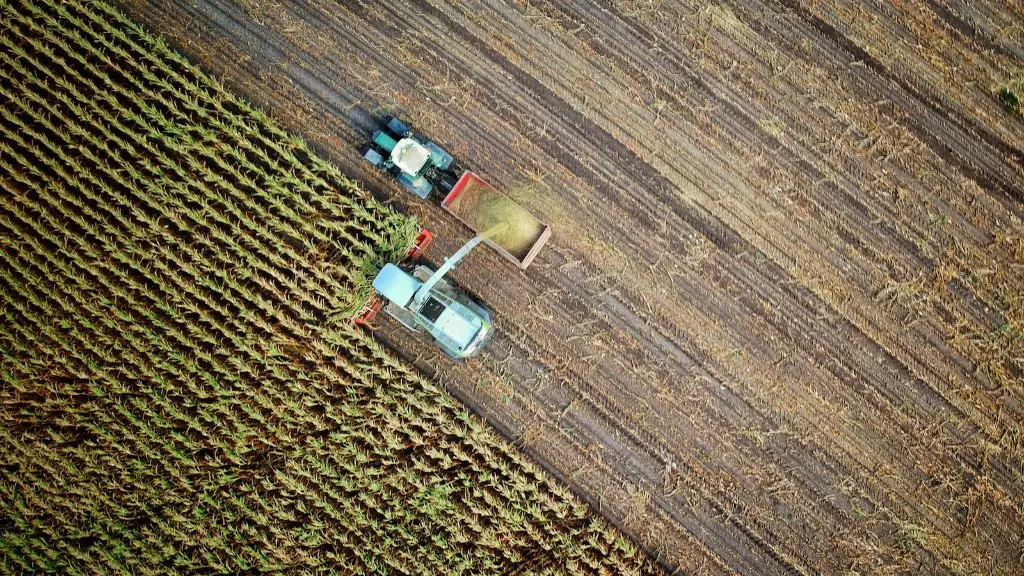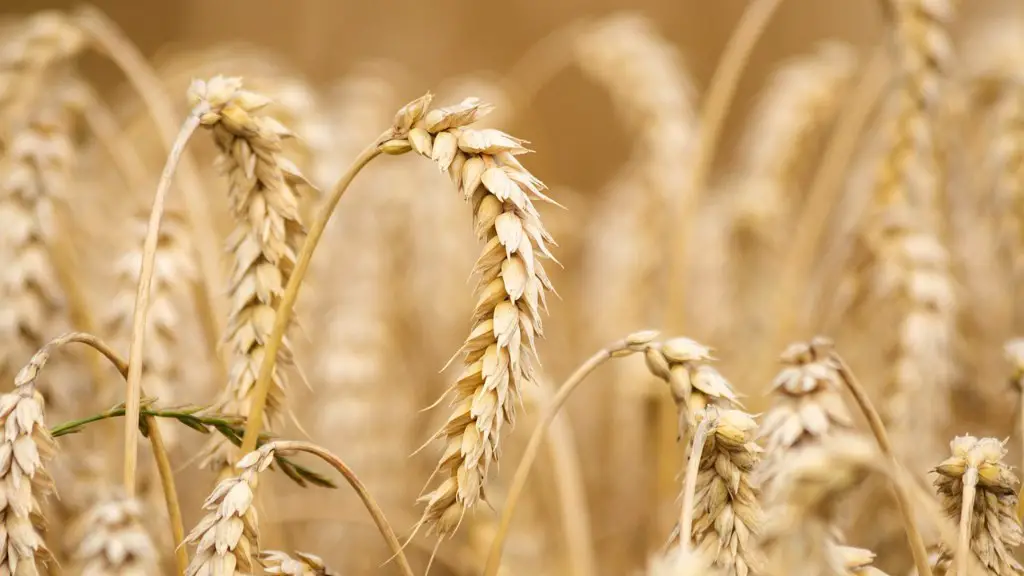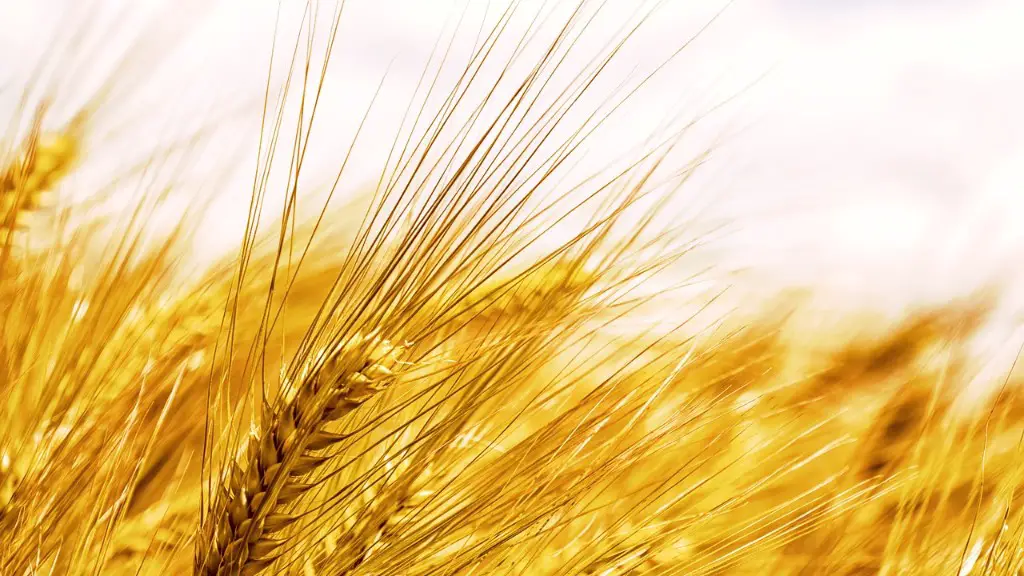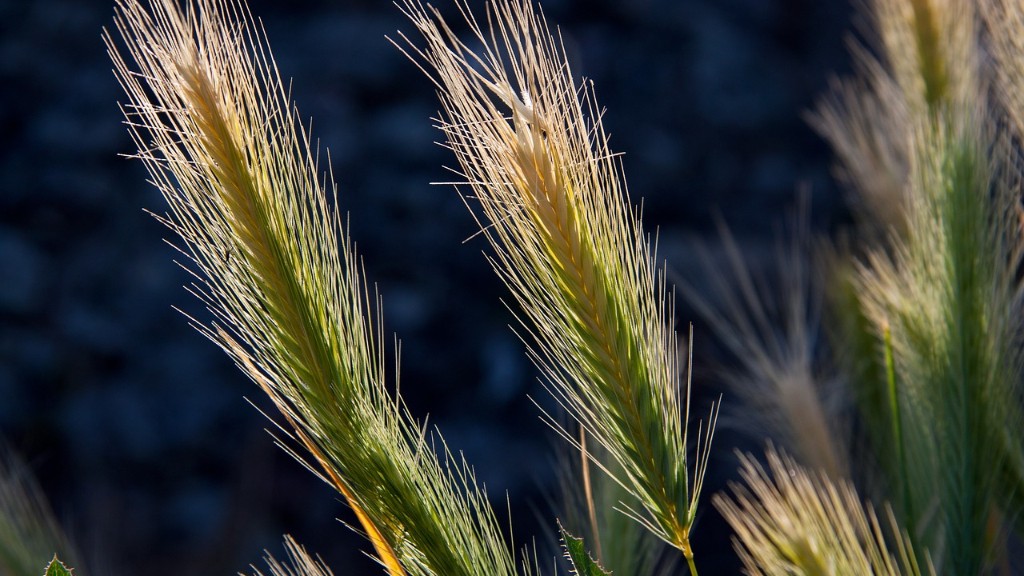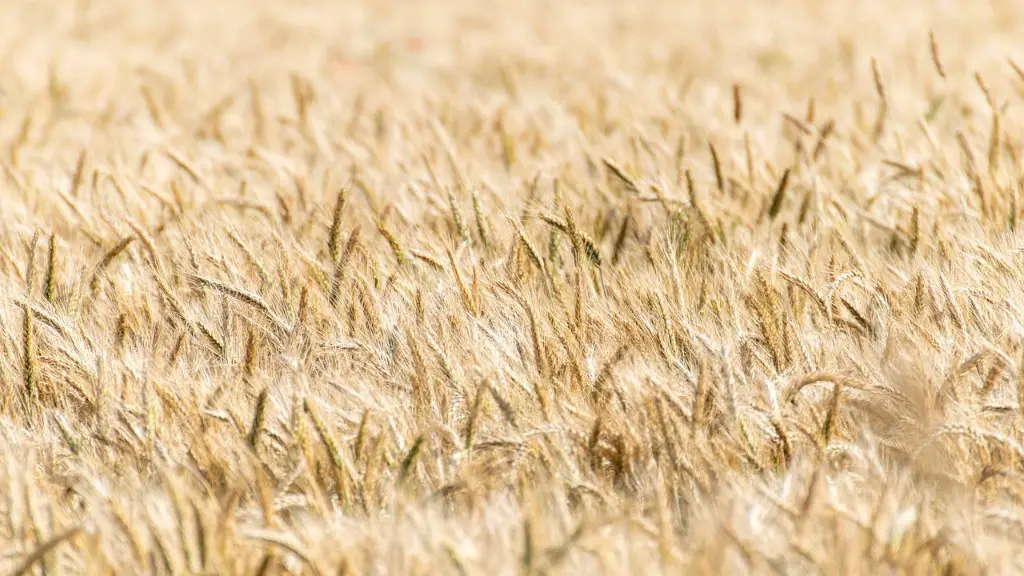In recent years, sustainable agriculture has become a hot topic as the world becomes more aware of the environmental impact of traditional farming practices. Sustainable agriculture is an approach to farming that takes into account the long-term health of the environment, the animals, and the people involved. It is a way of farming that strives to be environmentally friendly, efficient, and profitable.
There is no one-size-fits-all answer to this question, as the best way to achieve sustainable agriculture will vary depending on the local conditions and resources available. However, some general principles that can be followed include using ecological principles to guide management practices, conserving and enhancing natural resources, using integrated pest management and using more environmentally friendly production inputs.
What are the three methods of sustainable agriculture?
Sustainable agriculture is an approach to food production that seeks to address the three key issues of ecological health, economic health, and human health.
Ecological health is often degraded by conventional agriculture, with soil erosion, water overuse, deforestation, and pollution being major problems. Sustainable agriculture seeks to reverse this trend by using practices such as cover crops, rotational grazing, and agroforestry.
Economic health is often limited by market competition in the conventional agriculture system, with farmers being forced to accept low prices for their products. Sustainable agriculture seeks to break this cycle by creating direct relationships between farmers and consumers, and by supporting local economies.
Human health is often harmed by the use of pesticides and other chemicals in conventional agriculture. Sustainable agriculture seeks to protect human health by using organic methods of production, and by ensuring that food security is not compromised.
Crop rotation is a powerful tool for sustainable agriculture. Its purpose is to avoid the consequences of planting the same crops in the same soil for years in a row. Crop rotation can help tackle pest problems, as many pests prefer specific crops.
What are sustainable agricultural practices
Sustainable agricultural practices are those that protect the environment, expand the Earth’s natural resource base, and maintain and improve soil fertility. Based on a multi-pronged goal, sustainable agriculture seeks to: Increase profitable farm income, promote environmental stewardship, and improve the quality of life for farmers and their families.
There are many factors to consider when starting a sustainable farm business. One of the most important is to establish SMART goals and objectives. This means that your goals should be specific, measurable, achievable, realistic, and time-bound.
Another key factor is to learn new skills and build a network. Sustainable farming techniques can be complex and it is important to have access to resources and people who can help you.
It is also important to develop a practical production plan. This plan should take into account the resources you have available, the market for your products, and the logistics of running a farm.
Finally, you need to have an efficient management system in place. This system should help you to track progress, identify problems, and make necessary adjustments to keep your farm running smoothly.
What are the 5 ideas to create a sustainable farm?
There are a few key things to keep in mind when creating a healthy environment for food production: sourcing organic food, reducing food waste, constructing a circular economy, building a relationship with consumers & community, and equity for workers.
Organic food production is one of the most important aspects of creating a healthy environment. It is important to source organic food from farmers who use sustainable practices. Reducing food waste is another key component of creating a healthy environment. Food waste can be reduced by composting, using food scraps to feed animals, and donating surplus food to food banks.
Constructing a circular economy is another way to create a healthy environment. A circular economy is one in which resources are reused and recycled instead of being wasted. Building a relationship with consumers & community is also important. It is important to educate consumers about the importance of buying organic food and supporting sustainable practices. Equity for workers is also an important consideration. Workers in the food industry should be paid a living wage and have access to benefits such as healthcare.
There are a number of ways to make your agricultural operation more sustainable. Crop rotation and crop diversity can help to improve soil health and reduce the need for chemical inputs. Cover crops can help to improve soil health and reduce erosion. Reduced till or no-till farming can also help to improve soil health and reduce erosion. Beneficial insects and animals can help to control pests and improve soil health. Managed grazing can help to improve pasture health and reduce soil erosion. Selling directly to the local community can help to reduce transportation costs and increase your profits.
What are 10 sustainable practices?
Here are 12 sustainability practices you can do at home:
1. Avoid Disposable Items: Use reusable items instead of single-use items to help reduce waste.
2. Reduce Your Food Waste: Plan your meals and only buy what you need to help reduce the amount of food that gets wasted.
3. Make Your Own Cleaning Products: Use natural ingredients to make your own cleaning products to avoid using harmful chemicals.
4. Grow a Sustainable Garden: Grow your own food or plants using sustainable practices to help the environment.
5. Buy Products with Less Packaging: Look for items that have less packaging or can be easily recycled to help reduce waste.
6. Recycle Properly: Make sure to recycle items properly to help reduce the amount of waste that goes to landfill.
7. Take Meat Off the Menu: Eat less meat or no meat to help reduce your carbon footprint.
8. Buy Less, Buy Better: Quality over quantity – choose to buy fewer items that are made to last to help reduce waste.
9. Get a Compost Bin: Start composting your food waste to create a nutrient-rich soil for your garden.
10. Use Re
Sustainable agriculture is a type of agriculture that focuses on producing long-term crops and raising livestock in a way that is environmentally friendly, humane, and economically viable. There are many different elements that go into sustainable agriculture, all of which work together to create a system that is environmentally sustainable, economically viable, and humane.
What are the 7 types of agricultural practices
There are various types of agricultural practices that are carried out in different parts of the world. Some of the most common ones include pastoral farming, arable farming, mixed farming, taungya farming, fish farming, livestock farming, and shifting cultivation. Each of these has its own unique set of characteristics and requires different types of management in order to be successful.
Self sufficiency farming is a great way to be more self-reliant and produce your own food. Here are some tips to get started:
1. Get out of debt: This will free up more money to invest in your self sufficiency farming operation.
2. Cut out addictions: Addictions can drain your finances and energy, so it’s best to get rid of them before starting your farm.
3. Get lots of exercise: Farming is hard work, so you need to be in good physical shape to be able to handle it.
4. Start a garden: Growing your own food is a great way to start becoming more self-sufficient.
5. Get rid of your lawn: Lawns are a lot of work and take up valuable space that could be used for growing food.
6. Make sure you have the right skills: Make sure you know how to garden and care for animals before getting started.
7. Obtain suitable land and water: You need to have enough land to grow all the food you need, and access to water for irrigation.
8. Buy less: One of the best ways to save money is to buy less food from the grocery store.
How many acres do you need for a self sustaining farm?
From my research, the general consensus is that you need at least 5 acres of land per person to be self-sufficient. This is assuming you have quality land, adequate rainfall, and a long growing season. However, some sources say you need even more land than this. Overall, it seems that 5-10 acres is a good range to target for self-sufficiency.
Livestock is a great way for farmers to make money from their land. Animals have a few more expenses, but they usually bring in more money than crops. farmers can make a lot of money from selling livestock.
What are 3 ways to provide soil sustainability
There are many potential solutions for improving soil health. Some options include adopting a soil health management system, planting cover crops, rotating crops, using no-till or strip-till methods, and managing nutrients and grazing carefully. Additionally, it is important to maintain an even layer of crop residues on the soil surface and to use well-managed animal manure and compost.
Avoiding the use of plastic bags is one way to keep the oceans clean. Biking, walking or using public transportation is one way to help make sustainable cities and communities. Recycling items such as paper, plastic, glass and aluminum helps reduce the amount of waste that is produced.
What are the 3 types of sustainability?
The Three Pillars of Sustainability are a framework proposed by the Brundtland Commission in 1987 for measuring sustainable development. The Three Pillars are economic growth, social inclusion, and environmental protection.
The 17 sustainable development goals (SDGs) are a way to transform our world into a more sustainable place. They cover a range of issues, from poverty and hunger, to education and gender equality. By working towards these goals, we can make a difference in the lives of people all over the world.
Warp Up
There is no one-size-fits-all answer to sustainable agriculture, as the definition of sustainability depends on the specific agricultural system and location. However, some general principles of sustainable agriculture include using natural resources in a way that does not degrade them, promoting crop diversity, and integrating livestock into the agricultural system.
There is no one-size-fits-all answer to sustainable agriculture, as the best way to be sustainable depends on the specific farm and its surrounds. However, some tips on how to do sustainable agriculture include diversifying your crops, using natural pest management strategies, and reducing tillage. With a little planning and effort, sustainable agriculture is achievable for any farm.
